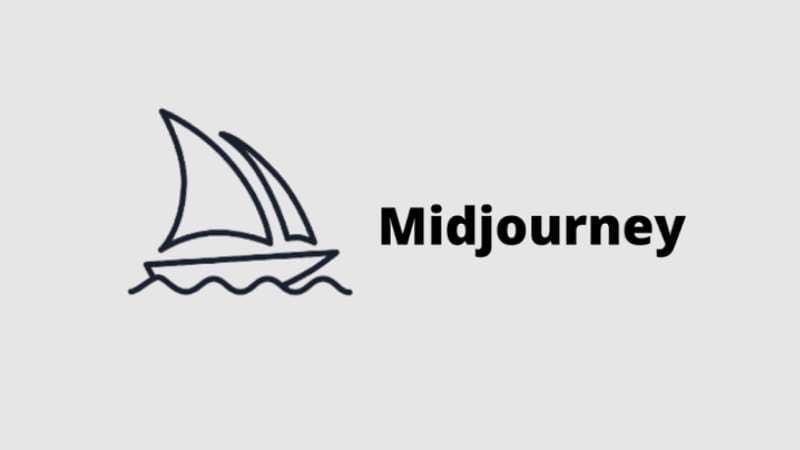AI image generation has exploded, flooding the internet with everything from hyperrealistic portraits to fantastical dreamscapes. Standing tall amidst this creative whirlwind is Midjourney, a tool that’s become almost synonymous with high-quality, often breathtakingly artistic AI visuals. But unlike many competitors offering slick web interfaces, Midjourney marches to the beat of its own drum, operating primarily within the chat platform Discord.
So, what exactly is Midjourney? It’s a research lab and the name of their potent AI program that translates natural language prompts (the text you type) into unique images. Think of it as collaborating with an incredibly talented, slightly unpredictable digital artist.
This review is for anyone curious about Midjourney – artists looking to augment their workflow, designers seeking unique assets, marketers needing eye-catching visuals, or even hobbyists eager to explore the frontiers of AI creativity. We’re diving deep because Midjourney’s unique approach and undeniable output quality make it a crucial player to understand in the AI landscape. Does its Discord-based nature hold it back, or is its artistic prowess worth the learning curve? Let’s find out.
Key Features
Midjourney boasts a powerful, albeit unique, feature set focused on artistic generation:
- Discord Integration: The primary way to interact. You use slash commands (like /imagine) in a Discord chat server (either their main server or your own with the Midjourney bot invited).
- High Artistic Quality: Midjourney is renowned for its distinct, often painterly or illustrative aesthetic. It excels at creating atmospheric and stylized images that feel cohesive and visually striking.
- Powerful Prompting: While requiring some learning, Midjourney’s prompt interpretation (especially with recent versions like V6) allows for nuanced control over style, composition, and elements. Negative prompting (telling it what not to include) is also effective.
- Image Manipulation Tools: Post-generation, you get options like:
- Upscaling: Increasing image resolution (options like ‘Subtle’ and ‘Creative’).
- Variations: Generating alternative versions of a chosen image (‘Vary Strong’, ‘Vary Subtle’).
- Panning & Zoom Out: Expanding the canvas beyond the original image borders.
- Remix Mode: Modifying your prompt when creating variations for iterative refinement.
- Aspect Ratio Control: Easily define image dimensions using parameters (e.g., –ar 16:9).
- Style References & Tuning: Use image URLs as style inputs or use the –stylize parameter to dial the default Midjourney aesthetic up or down.
- /describe Command: Upload an image and Midjourney will suggest prompts that might create similar visuals – great for learning and inspiration.
Pricing
Midjourney operates on a subscription model. There typically isn’t a free trial available anymore, though limited free periods have occasionally popped up. Plans are based on GPU time (how much processing power you use):
- Basic Plan: (~$10/month) Offers limited ‘Fast’ GPU hours per month. Good for light use.
- Standard Plan: (~$30/month) Provides more Fast GPU hours and unlimited ‘Relax’ GPU hours (slower generation, doesn’t use your monthly fast allocation). The most popular choice for regular users.
- Pro Plan: (~$60/month) Even more Fast GPU hours, unlimited Relax mode, and access to ‘Stealth Mode’ (keeps your images private from the Midjourney website gallery).
- Mega Plan: (~$120/month) For heavy power users needing maximum Fast GPU hours.
Note: Pricing is approximate and subject to change. Check the official Midjourney website for current details.
User Experience
The Midjourney user experience is… polarizing. If you’re comfortable with Discord, the command-based workflow might feel efficient once learned. Generating images involves typing /imagine followed by your prompt. Buttons appear below the generated grid of four images for upscaling or creating variations.
However, for those unfamiliar with Discord or preferring a visual interface, it can feel archaic and unintuitive. There’s no visual gallery of your own creations within the main interface (you view them on the Midjourney website), and managing multiple generations can get messy in a busy chat feed. The learning curve isn’t just the commands, but understanding how to ‘talk’ to Midjourney effectively through prompts. It takes experimentation.
Best Use Cases
Midjourney truly shines for:
- Concept Artists & Illustrators: Generating ideas, mood boards, and base images for digital painting.
- Graphic Designers: Creating unique backgrounds, textures, and stylized assets.
- Marketing & Social Media: Producing eye-catching, non-generic visuals that stand out.
- Hobbyists & AI Art Enthusiasts: Exploring creative possibilities and generating beautiful digital art.
- Anyone prioritizing artistic flair over photorealism or a simple web UI.
Alternatives
- Stable Diffusion: (Open-source) Highly customizable, can run locally (with the right hardware), huge community support via various interfaces (like Automatic1111 or ComfyUI). Steeper technical curve but ultimate flexibility. Often better for photorealism if configured correctly.
- DALL·E 3: (via ChatGPT Plus or API) Excellent natural language understanding and prompt adherence. Often better for photorealism and complex scenes requiring logical consistency. Integrated into the familiar ChatGPT interface.
- Leonardo AI: Web-based platform with a generous free tier. Offers various models (including fine-tuned ones), good for game assets, characters, and has a more traditional UI.
- Adobe Firefly: Focused on commercially safe image generation, trained on Adobe Stock and public domain content. Integrated into the Adobe Creative Cloud ecosystem. Generally safer regarding copyright but potentially less artistically adventurous than Midjourney.
